Physical Address
304 North Cardinal St.
Dorchester Center, MA 02124
Physical Address
304 North Cardinal St.
Dorchester Center, MA 02124
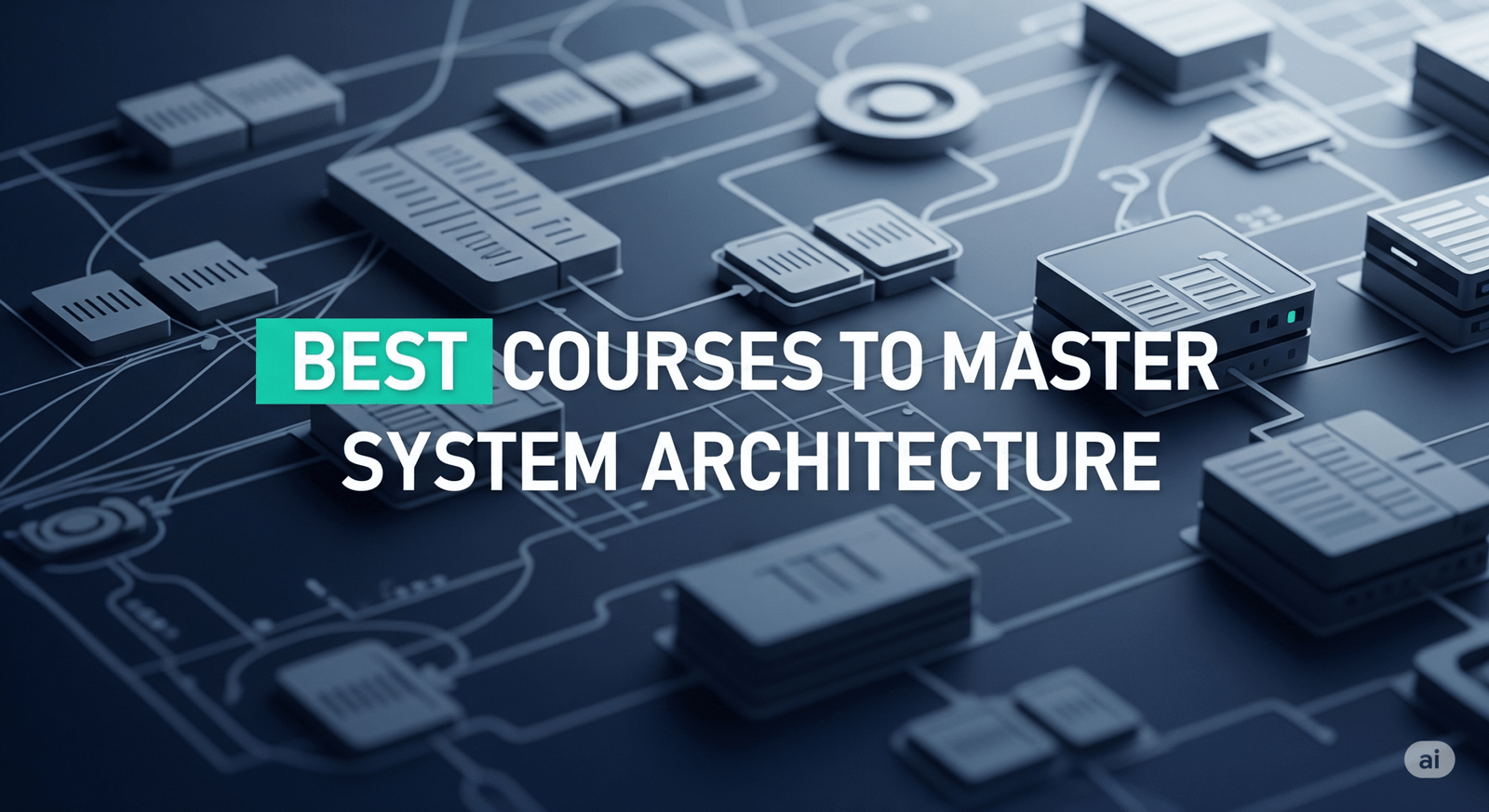
You’ve been coding for years, shipping features and fixing bugs with confidence. But lately, you’ve noticed something shifting. The problems landing on your desk aren’t just about implementing a specific function; they’re about designing the entire blueprint that makes hundreds of features work together seamlessly at scale.
This is the pivotal moment when you transition from coder to architect. It’s not just a title change; it’s a fundamental shift in how you think about software. Instead of focusing on individual lines of code, you’re now orchestrating entire systems, making decisions that will impact performance, scalability, and maintainability for years to come.
But here’s the catch: the path to architectural mastery isn’t straightforward. System architecture spans everything from database theory and network protocols to distributed consensus and even organizational dynamics. Learning these concepts purely through on-the-job experience can be frustratingly slow and fragmented. You might become an expert in your company’s specific stack but develop blind spots in fundamental concepts that every architect should know.
That’s where structured learning becomes your career accelerator. The right courses and resources can provide the roadmap you need to navigate this complex domain efficiently. This comprehensive guide, updated for 2025, reviews the most effective resources for mastering system architecture—helping you build a personal curriculum that prepares you for technical leadership roles and the industry’s most challenging interviews.
Before diving into specific courses, let’s establish what we’re actually talking about. System architecture is the conceptual model that defines how a system’s components are structured, how they interact, and the principles governing their design and evolution.
Think of it this way: if individual pieces of code are the bricks, system architecture is the blueprint that determines how those bricks come together to build a skyscraper that won’t fall down.
The real art of architecture lies in making trade-off decisions. These decisions are almost always driven by Non-Functional Requirements (NFRs)—the “how well” rather than the “what” of your system. Understanding NFRs is crucial because they often have more influence on your final architecture than functional requirements do.
Here are the key NFRs that drive architectural decisions:
Scalability: How does your system handle growth? Whether it’s more users, increased data volume, or higher request rates, you need to design for both vertical scaling (bigger machines) and horizontal scaling (more machines).
Reliability & Availability: How does your system stay operational when things go wrong—and they will go wrong. Hardware fails, software has bugs, humans make mistakes. Great architecture anticipates and gracefully handles these failures.
Performance: This breaks down into latency (how fast individual requests are processed) and throughput (how many requests you can handle simultaneously). These metrics drive decisions about caching strategies, database indexing, and asynchronous processing.
Maintainability: Can your team understand, modify, and evolve the system over time? This quality emerges from simplicity, good abstractions, and clear documentation—architectural choices that pay dividends for years.
Security: How do you protect data and defend against attacks at every layer? Security isn’t an add-on; it’s baked into architectural decisions from day one.
Mastering system architecture means becoming comfortable with analyzing these competing requirements and making reasoned decisions about which trade-offs to accept.
It’s important to distinguish between learning for the interview versus learning for the job. System design interviews test your ability to apply common patterns and communicate coherently under pressure. The actual work of an architect requires a much deeper, first-principles understanding of distributed systems. You need both skills to advance your career successfully.
Here’s a comprehensive breakdown of the top resources available in 2025:
| Resource | Core Focus | Best For | Format |
|---|---|---|---|
| Grokking the Modern System Design Interview | Interview Preparation & Patterns | Cracking FAANG Interviews | Interactive, Text-based |
| ByteByteGo by Alex Xu | Real-World Case Studies | Visual Learners & Practical Application | Text-based, Diagrams |
| Designing Data-Intensive Applications | Foundational Theory | Deep Understanding of Distributed Systems | Book (Essential Reading) |
| Software Design & Architecture Specialization | Academic Fundamentals | Structured, Foundational Learning | Video Lectures, Quizzes |
| Microservices Architecture – The Complete Guide | Specific Architectural Pattern | Mastering Microservices Design | Video Lectures |
| AWS Certified Solutions Architect – Professional | Cloud-Native Architecture | Specializing in Cloud Architecture | Certification Path |
This is the gold standard for system design interview preparation. The course teaches a structured, repeatable framework for tackling any open-ended design question. You’ll learn to clarify requirements, make back-of-the-envelope calculations, and systematically work through common building blocks like load balancers, caches, databases, and message queues.
Who should take it: Essential for any engineer targeting mid-to-senior roles at top-tier tech companies. If you’re preparing for system design interviews at FAANG companies, this is non-negotiable preparation.
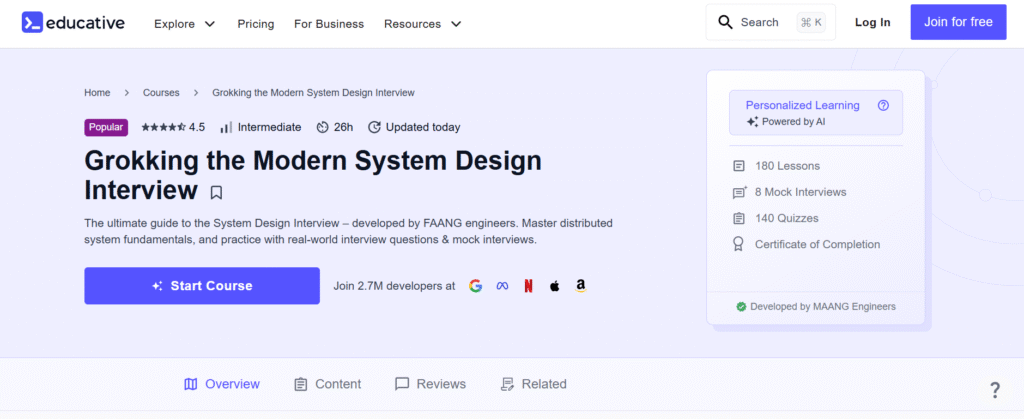
Strengths:
Limitations:
Created by the author of the bestselling “System Design Interview” books, ByteByteGo excels at making complex distributed systems concepts intuitive through exceptional visual explanations. The platform covers everything from classic system design problems to cutting-edge topics like AI system design and machine learning architecture.
Who should take it: Perfect for visual learners who want to understand how real-world systems like YouTube, WhatsApp, and Google Maps actually work. Great for both interview prep and building practical knowledge.
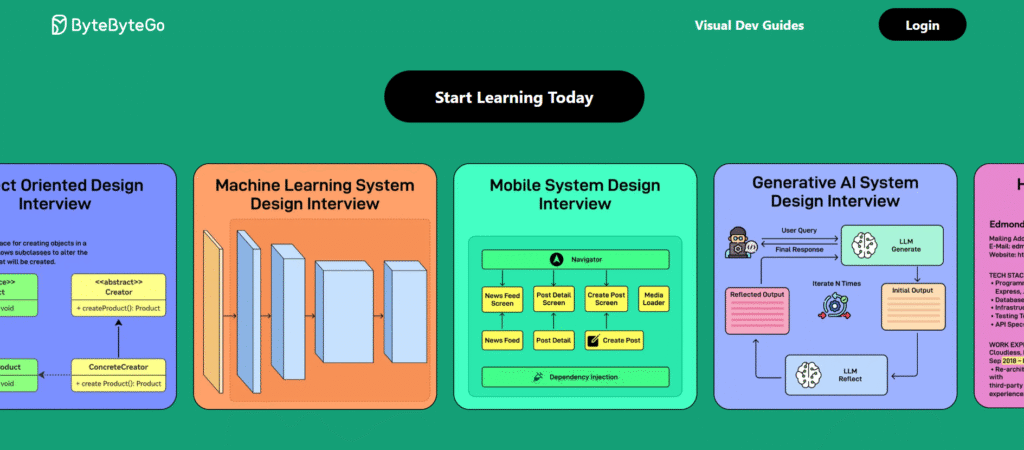
Strengths:
Limitations:
This isn’t a course—it’s the foundational textbook for modern data systems. Known as “DDIA” throughout the industry, this book takes a first-principles approach to understanding data processing and storage trade-offs. It’s structured in three parts: foundations of data systems, distributed data challenges, and derived data systems.
Who should take it: Required reading for any engineer serious about architectural mastery. This book is what separates those who memorize interview patterns from those who truly understand distributed systems.
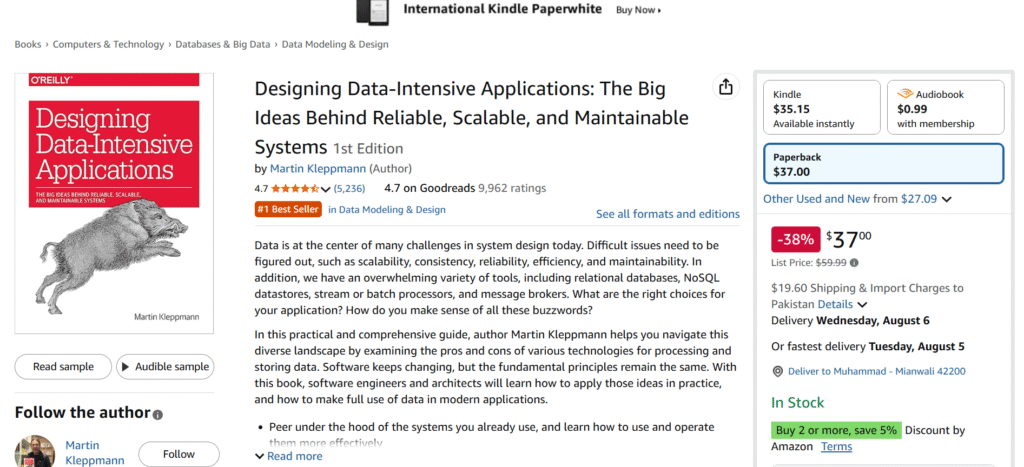
Strengths:
Limitations:
This University of Alberta specialization provides formal, academic training in classical software design principles. The curriculum covers object-oriented design, design patterns, software architecture, and service-oriented architecture, with strong emphasis on UML modeling and documentation.
Who should take it: Ideal for engineers who learned primarily on the job and want to fill theoretical gaps with structured, academic content.\
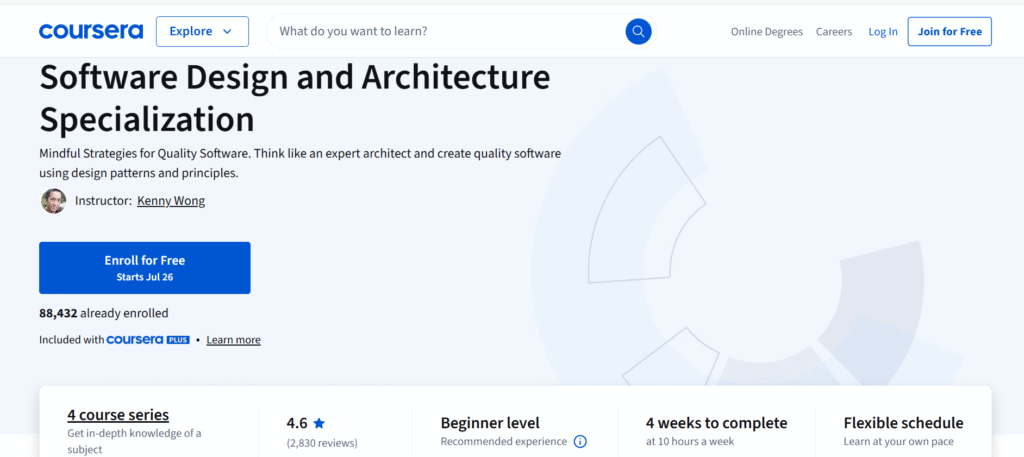
Strengths:
Limitations:
A comprehensive deep-dive into microservices the dominant architectural pattern for modern applications. Covers everything from core concepts and design patterns to practical challenges like data management, service integration, deployment, testing, and monitoring.
Who should take it: Essential for any engineer working with or transitioning to microservices environments. Provides practical knowledge for designing, building, and operating these systems effectively.
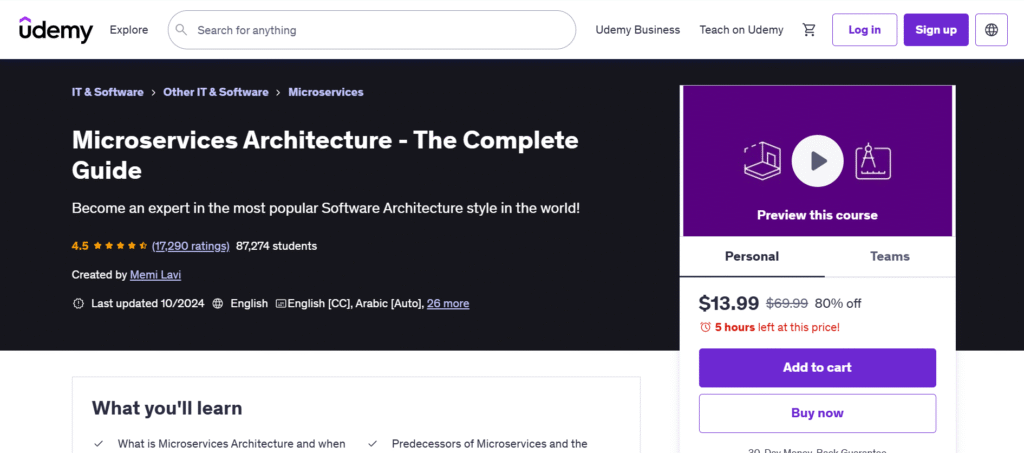
Strengths:
Limitations:
This isn’t a single course but a certification path that serves as a comprehensive curriculum for cloud architecture mastery. Preparing for the SAP-C02 exam requires deep understanding of AWS services across networking, storage, databases, security, migration, and cost optimization.
Who should take it: Essential for engineers targeting senior architect roles in cloud-native organizations. Even without taking the exam, the study process is incredibly valuable for learning cloud architecture.
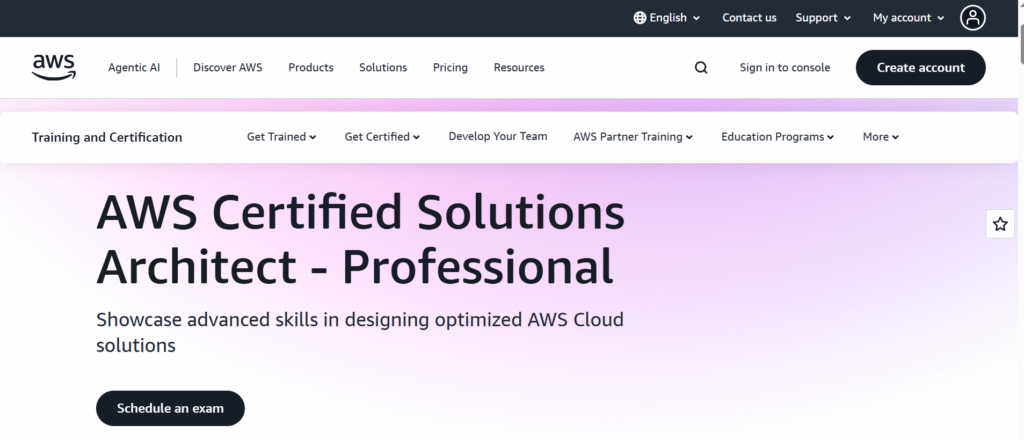
Strengths:
Limitations:
Learning from courses is just the beginning. The real goal is developing an architectural mindset—a fundamental shift from focusing on implementation details to understanding systemic connections, dependencies, and trade-offs.
Here’s how to cultivate this mindset:
Before sketching your first diagram, rigorously clarify both functional and non-functional requirements. Ask probing questions: What’s the expected scale? What are the data characteristics? What are the latency requirements? Don’t forget constraints like budget, timeline, and team capabilities—these heavily influence your design choices.
There’s no perfect architecture. Every design decision involves trade-offs. Develop expertise in evaluating choices through fundamental principles like the CAP theorem (Consistency, Availability, Partition Tolerance) and other critical trade-offs like performance vs. cost and simplicity vs. feature richness. Always be able to articulate and justify your trade-off decisions.
Pick a large-scale service you use daily—Netflix, Dropbox, Twitter—and try designing it from scratch. Start high-level and progressively add detail. Then compare your design with the actual architecture from engineering blogs. This active deconstruction process is incredibly effective for building intuition.
An architecture that can’t be clearly communicated is fundamentally flawed. Master diagramming notations like UML or the C4 model to create clear visual representations. Your ability to explain design value and trade-offs to both technical and non-technical stakeholders is as critical as the technical soundness itself.
Great architects manage complexity by decomposing massive problems into smaller, manageable components with clean interfaces. This approach—loose coupling—promotes modularity, enables parallel development, and makes systems more maintainable and evolvable over time.
You don’t need to be the fastest coder, but you absolutely need deep, hands-on coding expertise. Architecture is grounded in implementation realities. You must understand code well enough to discern which designs are feasible, assess complexity, and predict performance implications. Without strong coding foundations, architectural decisions risk becoming impractical or impossible to implement.
Be proactive in creating opportunities. Volunteer for architectural review meetings, even as an observer. Start a technical book club with colleagues. Build side projects that force you to confront architectural challenges—don’t just build simple CRUD apps, build something that needs to handle real-time updates for thousands of users. Most importantly, start acting like the architect you want to become by writing detailed design documents for significant features, even when not required.
While not strictly required, pursuing high-level cloud certification is highly strategic. The vast majority of new systems in 2025 are cloud-native. A prestigious certification like AWS Solutions Architect Professional provides undeniable proof of your practical understanding of modern scalable systems. The value lies less in the certificate itself and more in the rigorous learning path it provides.
Mastering system architecture is a journey, not a destination. Technology landscapes constantly evolve, but the fundamental principles of building reliable, scalable, and maintainable systems endure. The resources in this guide—from tactical interview preparation to foundational textbooks to specialized certifications—provide a proven roadmap for that journey.
The leap from senior engineer to architect is arguably the most significant transition in your technical career. It marks the shift from solving well-defined problems to defining how ambiguous, large-scale problems should be solved. This skillset unlocks the most challenging, impactful, and rewarding roles in technology.
The future belongs to architects who can design systems that are not just functional, but elegant, scalable, and built to evolve. Start building that expertise today, your future self will thank you.